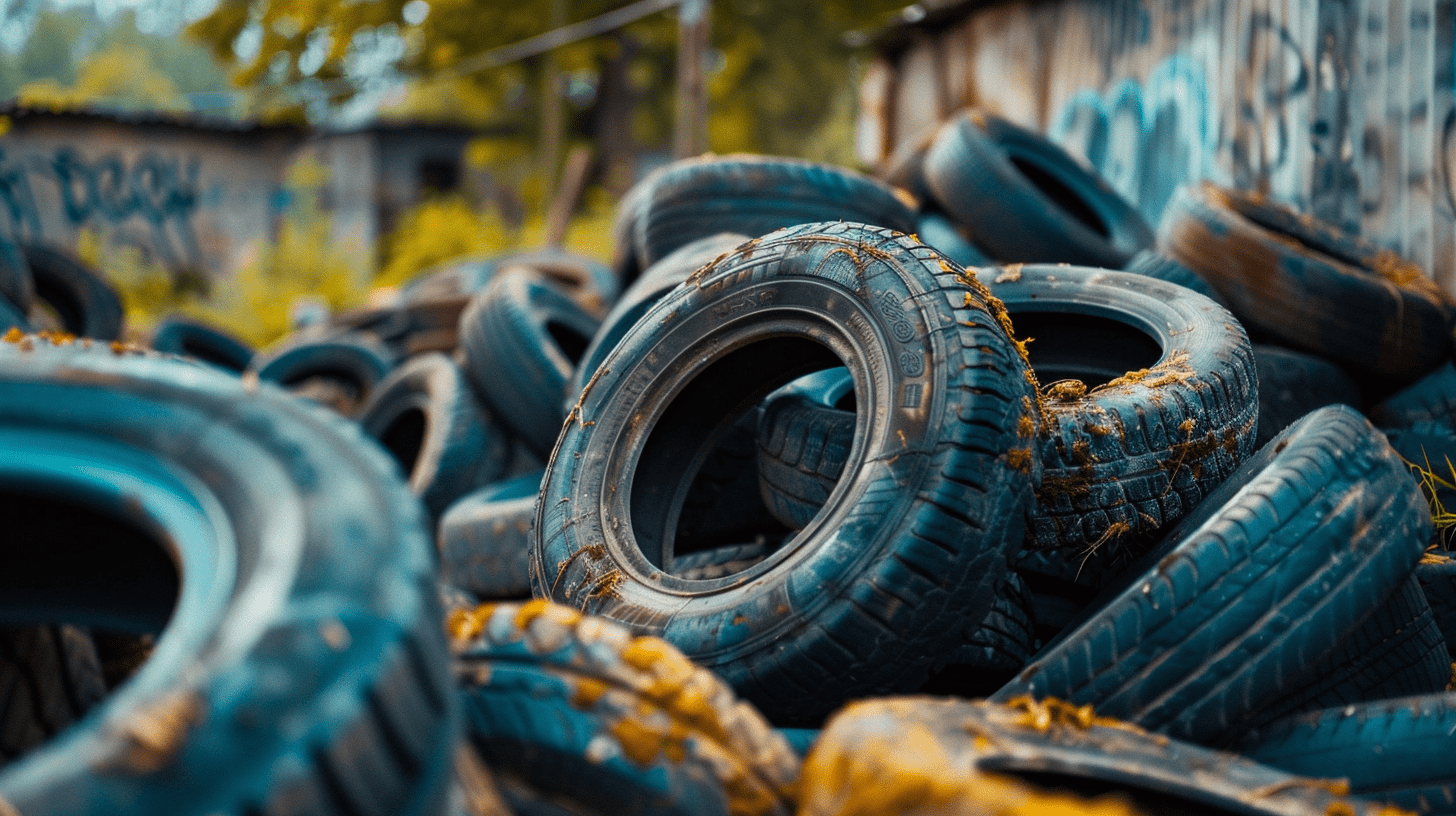The Circular Economy
Learn what the circular economy is, how it reshapes our approach to consumption and waste, and the environmental benefits it offers.

Introduction to the Circular Economy
The circular economy is a model for managing resources in a way that prioritizes longevity, reuse, and regeneration. It challenges the traditional economic system by encouraging industries and consumers to see waste not as an endpoint, but as a resource that can be reintroduced into the economy.
At its core, the circular economy is based on three principles: designing out waste and pollution, keeping products and materials in use, and regenerating natural systems. These principles draw inspiration from ecological cycles, where outputs naturally become inputs for other processes.
For example, in the fashion industry, companies are creating clothes designed for durability and recyclability. In agriculture, organic waste is being turned into compost to enrich soils. These practices reduce the need for virgin materials and help maintain environmental balance. Rather than depending on continuous extraction and disposal, the circular model seeks to close the loop.